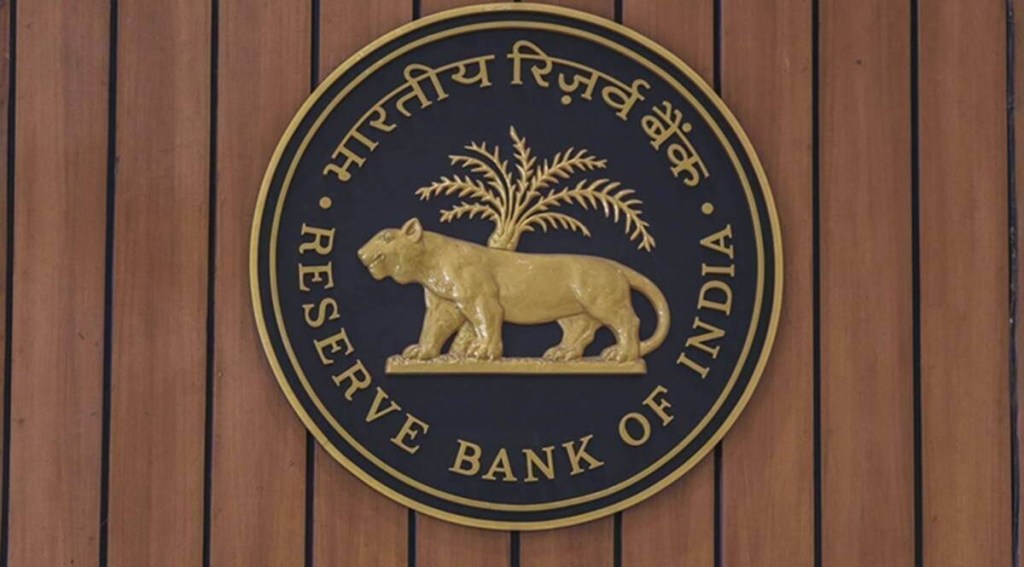By Samiran Chakraborty
Policymaking in a world of uncertainty, battered by pandemic shocks and rapidly shifting data trends, is never easy. However, this week, the Monetary Policy Committee (MPC) is going to meet under the confluence of even more extraordinary circumstances; this is likely to make their policy choice an extremely complex one—most probably one of the hardest ones in the post-pandemic world. The first dilemma is a standard growth-inflation tradeoff that central bankers face.
Despite a lower than feared impact of the Omicron wave, growth forecasts are likely to be downgraded but there would be upward risks to inflation from elevated oil prices and the reopening of the economy. The second dilemma has being thrust upon RBI after the budget, as it will have to find answers to the vexed question of fiscal dominance of monetary policy. Should RBI offer a helping hand to the government by providing explicit buying support to the large borrowing programme? Or is it better to continue on the path of gradual monetary policy normalisation, which RBI had embarked upon by refraining from any further expansion of its balance sheet? To buy or not buy government bonds appears to be a complicated choice now.
This choice is made further problematic by the third dilemma, of potential loss of credibility. No attempts to control the rise in yields would go against RBI’s often-stated stance of orderly development in bond markets and might derail the nascent growth recovery which the central bank has carefully nurtured over the last two years too. But if RBI decides to purchase government bonds now, then critics might consider it to be a sudden reversal in the policy stance of gradual liquidity normalisation. That brings us to the fourth dilemma: How to respond to the global developments of rapid policy normalisation done by different large central banks and ominously elevated oil prices? It appears that RBI would not only have to manage the delicate growth-inflation tradeoff but also decide on its stance on the fiscal dominance of monetary policy debate and prepare its defences for any spillovers from accelerated Fed tightening.
To better analyse these issues, let us take a look at how fast macros and markets have evolved globally and in India, since the previous MPC meeting in December. US 10-year Treasury yields are up more than 40 bps since the last RBI meeting and market is now pricing in five Fed rates hikes in 2022. Brent crude prices have surged by ~20% since early December and pose upside risks to RBI’s inflation forecasts. On the domestic front, although the impact of the Omicron wave has turned out to be milder than feared, RBI is likely to downgrade GDP growth forecasts in the February policy based on incoming data. This could further delay the closing of the output gap, a metric which RBI closely tracks to decide on pace of policy normalisation.
In the bond markets, 10-year GSec yields have increased more than 50bps, the sharpest two-month jump in yields since mid-2018 on the back of larger than expected budgeted gross supply of Rs 14.3 lakh crore government bonds in FY23. The bond markets are looking desperately for a new marginal buyer for this additional supply, but none seem to be visible. On the shorter end of the yield curve, RBI has two challenges—first, only ~43% of reverse repo outstanding is parked at the 14-day variable reverse repo rate (VRRR) window despite RBI’s efforts to make that the main operational instrument of liquidity absorption. Second, despite RBI’s attempts to fine-tune its liquidity management operations, there has been significant volatility in the money-market rates because of large intra-month volatility in banking system liquidity. This issue could have been further aggravated by the decline in banking system liquidity by ~Rs 1.5 lakh crore since the last MPC meet, most likely because of a period of sustained BoP deficit. Overall, while financial market conditions have tightened materially since the last MPC meeting in December, macro hard data has been rather subdued.
Against this backdrop we now expect RBI to hike the reverse repo rate by 15-20bps at the February meeting though we acknowledge that it is going to be a close call. The massive volatility in call money rates in January has demonstrated the pitfalls of having a very wide corridor between repo and reverse repo rate. On the other hand, the disruptive effect of a reverse repo hike is going to be relatively low while it will signal that RBI is still on its path of policy normalisation. The weighted average reverse repo rate is already close to 3.9% and markets have been anticipating a reverse repo hike for some time now.
Furthermore, a pre-committed quantum of bond purchases under OMO (like the GSAP) is unlikely, but we do expect RBI to provide verbal assurance on OMO purchases in 1QFY23. This combination of policy action—small reverse repo hike along with assurance of OMO purchase—would be an appropriate middle path where RBI retains the desired policy flexibility without necessarily signaling any explicit course correction. While preventing runaway spike in yields, these actions could buy RBI some time before the next MPC meet in April.
Looking beyond the February policy, consistently elevated sovereign bond supply raises the core issue of a structural savings investment imbalance which might put upward pressure on interest rates. There seems to be a tacit acceptance of that, but the policymakers would have to decide on the pace and extent of interest rate rise that is appropriate for the current phase of the growth cycle. Even before the output gap is closed, the 10-year risk free rate is ~50bps higher than the immediate pre-Covid level in 2020. A balanced approach now could pave the way for a more sustained period of lower rates.
The author is managing director and chief economist, India Citi Research, Citigroup Global Markets India Private Limited

